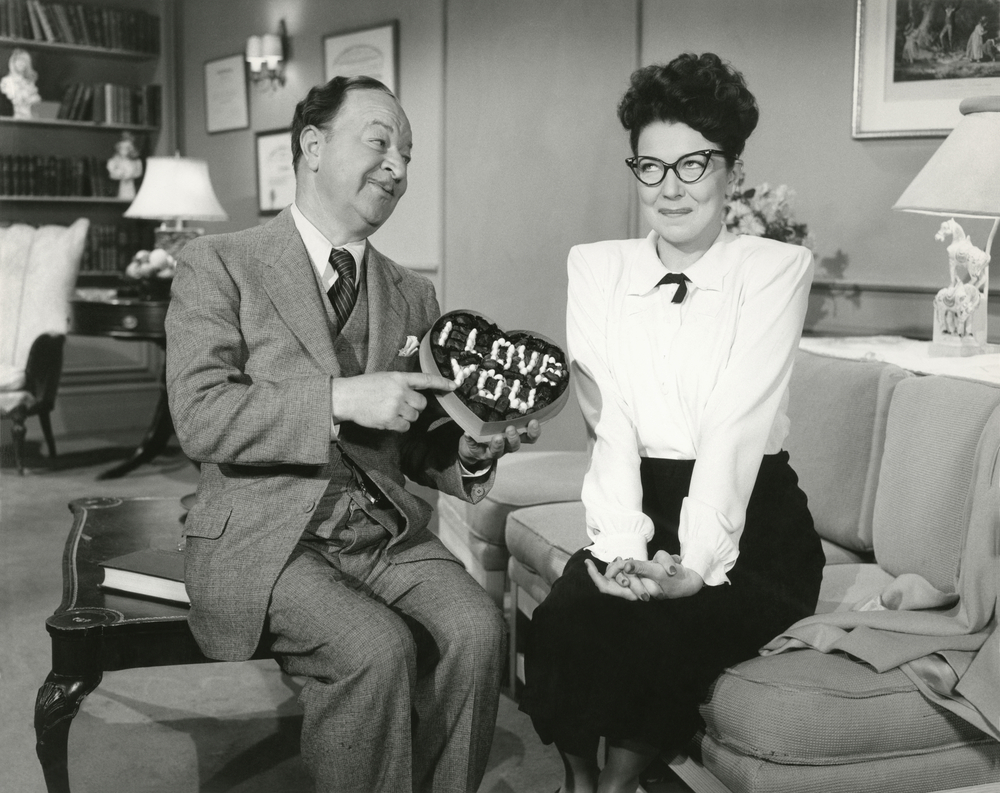
Fundraiser editor Jenny Ramage sets out 10 key ways you can make supporters feel confident in supporting your cause.
To successfully engage and satisfy supporters, charities need to establish a rapport with them, build their trust, and make them feel valued. Following these ten simple steps will go a long way in helping you achieve this perfect blend.
1. Listen to them
Listen to your supporters. Find out what they like to hear from you, how often, and by what means. Be proactive about asking for their feedback, but allow them to lead on conversations. Learn from - then act on - what they have to say. If we don’t get to know our donors, we won’t know how to keep them happy. Surveys are very useful, but try to engage with donors in person as often as you can too. This will help you to really connect with and understand them as people, not just sets of data.
2. Make it personal
The more you can address each supporter uniquely, using their name and preferred language and referring to (and thanking them for) their past supportive actions, the more they will feel valued. Treat your communications with them as building a relationship, not making a transaction. Supporters are people and appreciate being treated as such.
3. Be consistent, but adaptable
Being consistent in your approach will reassure supporters that you know who you are and what you’re aiming to achieve, helping to build and maintain trust. That being said, it’s important not to just repeat the same old message over again and in the same way; you will only serve to bore them. Communicating through a mix of channels, and at carefully planned intervals, is advisable.
4. Keep your promises
Nothing undermines trust like a broken promise, so make sure you deliver what you say you’re going to deliver. If you say your legacy pack will take three days to arrive, ensure it arrives in three days. You might consider understating your service levels - for example, telling supporters the legacy pack will arrive within five days - that way, you will exceed their expectations and delight them.
5. Demonstrate the impact of their gift
Show supporters the difference their donation will make. The best way is through telling the story of how a beneficiary has been helped - making the donor the hero. Don’t just tell, show: use pictures - or, even better video - along with words. Logic and data can be used to back up your evidence of impact, but you’ll do better to connect to your supporters’ emotional brains.
6. Make it easy for them
Remove as many obstacles between donors and beneficiaries as possible. Make it immediately clear why you need the money, show your donors how they can provide the solution, and make it easy for them to donate their money and/or time. Use simple language, don’t cause hold-ups in your messaging by being overly complex and/or long-winded.
7. Be good with their data
Make sure you get your supporters name and contact details right. If you’re sloppy with their details you’ll be seen as having not listened properly, being incompetent and, in the case of using incorrect contact details, generating waste. Make sure you keep accurate records of their supporters status, including their full giving history. Ensure card details are protected and that online donations are safe and secure. All of this will make your supporter feel confident their data and details are being well managed and well protected.
8. Be human and approachable
Be open and friendly and make sure they know how to contact your charity if they need to. Avoid automated responses - this is not the way to connect with supporters. Exercise good manners at all times - say please and thank you, and don’t be overly pushy with your asks.
9. Keep them engaged
To build long-term relationships with your supporters you have to keep the cycle of engagement going. Plan their supporter journey according to the marketing, operational and communication activities that matter to them (and remember your donors preferences and interests will change over time, so make sure you collect and act on donor feedback at every touch point), then focus on delivering outstanding content and an outstanding donor service.
10. Thank them
Thanking supporters is a basic requisite in fundraising - not only because it a powerful motivator and great step towards keep supporters engaged long term, but also because donors expect to have their contribution acknowledged, and to not do so would be falling short of their expectations. Thank yous should be made in a timely fashion, and be friendly, warm and personal. The best ones will also explain how the supporters’ donation was used and the difference it will make to beneficiaries.
Jenny Ramage is editor of The Fundraiser.




